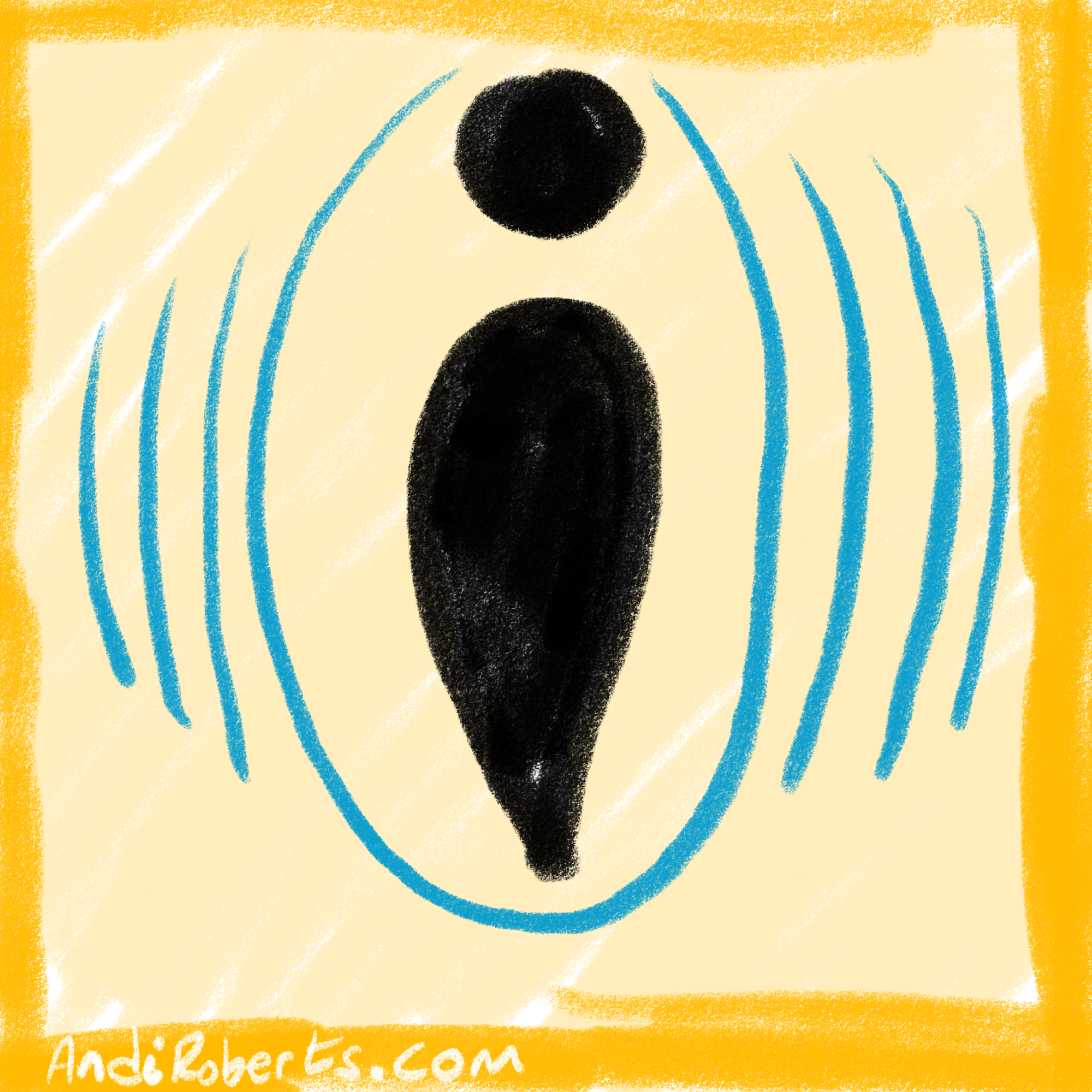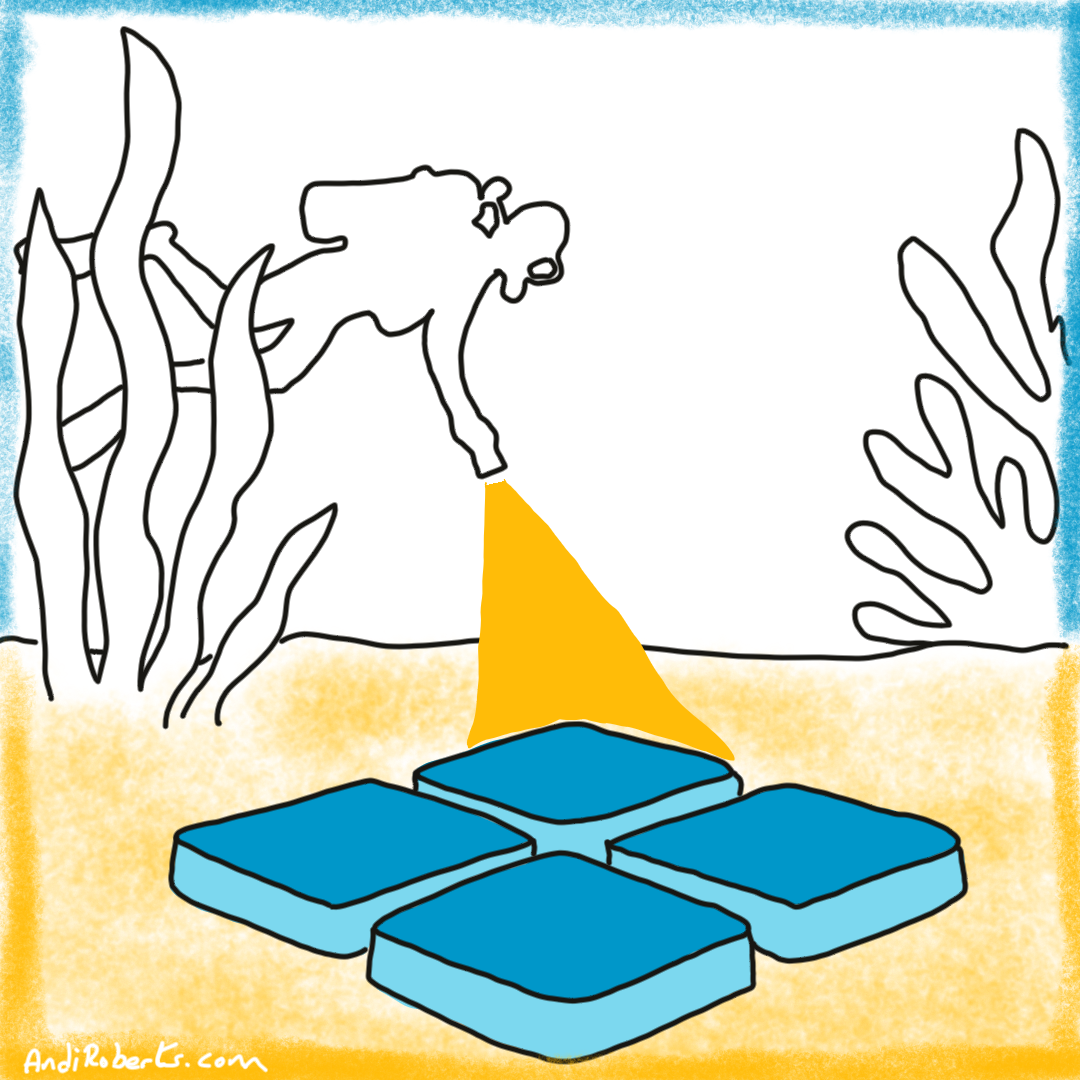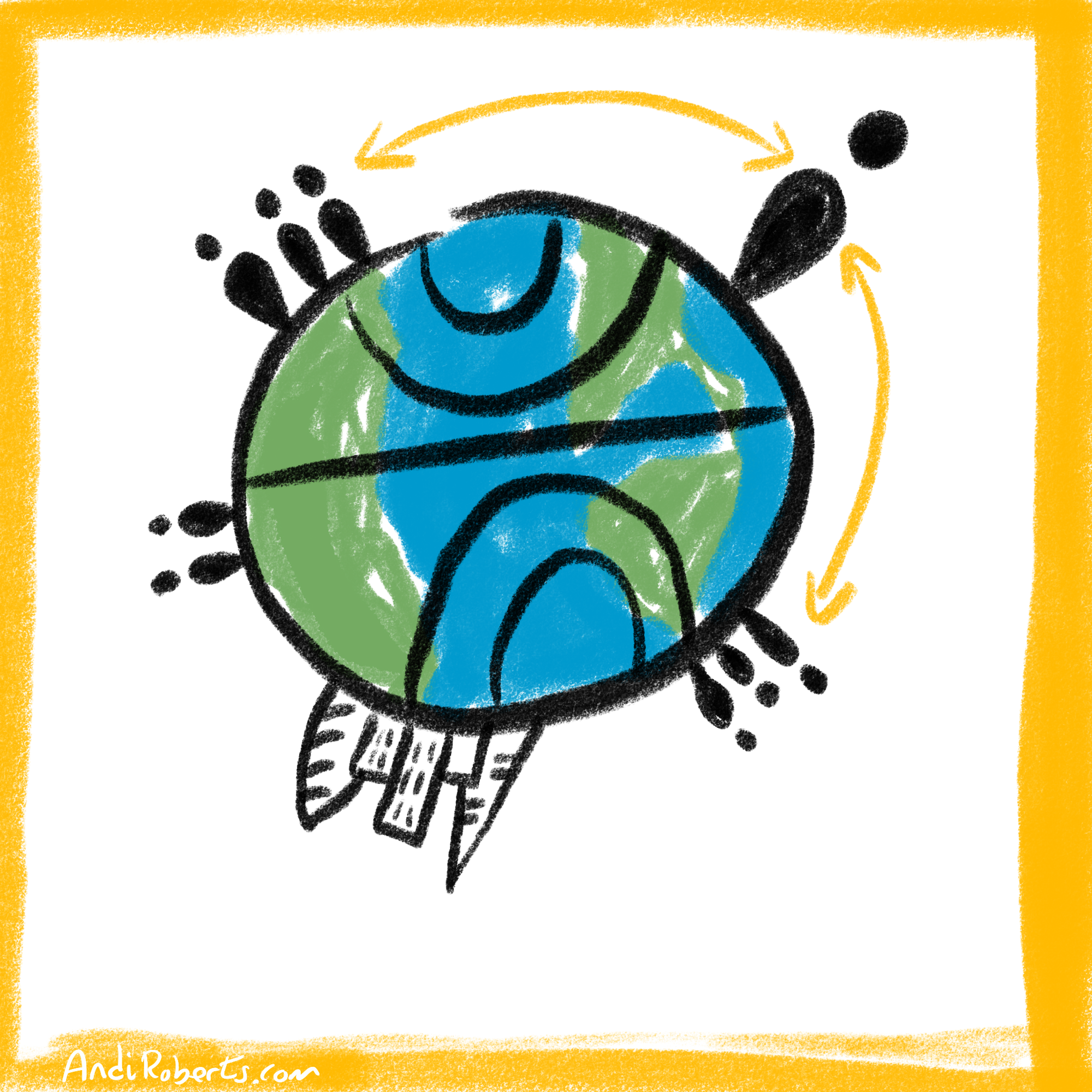We meet walls all the time. They can be rules, traditions, tired relationships, or the moment a project stalls and no one knows what to do next. They can be as old as a neighbourhood feud or as fresh as yesterday’s email.
Walls invite a kind of resignation. They seem permanent, impenetrable. Our usual choices are to fight them, avoid them, or stand still in front of them, waiting for someone else to act.
A colleague, on a Designed Learning community call, recently said: “Even a solid wall can hold a small crack. From that crack, a seed can lodge, take root, and begin to change the wall.”
This is not about smashing barriers in a single dramatic gesture. It’s about what happens when we choose to pay attention to the thin seam of light in something that looks finished.
Possibility hides in plain sight
A crack is easy to miss. We notice the solid mass of the wall far more readily than the hairline fracture. In communities, cracks often appear in places that feel peripheral, at the edges of a meeting, in the spaces between formal decisions, in quiet acts that don’t look like strategy. A resident who opens their garden gate to passers-by. The person who lingers after a tense conversation just long enough to say, “Tell me more.” A group who chooses to share a meal rather than a report. These moments don’t end the problem. But they create a space where the usual story is interrupted, and something new can begin to grow.
Adversity is the opening act
We think we need better conditions before we can create change. But often, the condition itself , the difficulty, the absence, the strain, is what cracks the surface. When the power fails, people light candles together. When a funding cut threatens a service, unlikely alliances form. When disagreement forces us to stop and listen, we sometimes hear the truth that was hiding in the noise. The wall doesn’t disappear. But it stops being the only thing in view.
From pub kitchen to lifeline
A real-life example can be found in the story of Cambridge Community Kitchen. Born in the midst of the COVID-19 pandemic, it began in a squatted pub kitchen with volunteers cooking hot, free meals for anyone who needed one.
What started as a handful of people in a small, improvised space quickly grew into a vital community service. Word spread. More volunteers joined. Donations began arriving. For many, it wasn’t just about the food, it was about the conversations, the welcome, the sense of belonging in a time of isolation.
The wall, in this case, food insecurity, social isolation, and the closure of many community spaces, did not fall overnight. But the crack widened each time someone showed up, shared a skill, or stayed to talk. Over time, what began as a modest act in a cramped kitchen became a movement feeding hundreds, demonstrating how small acts can shift the story of a whole community.
Practices for tending the crack
Linger. Don’t rush past the wall; stillness makes fractures visible. Ask a better question. “What could we make possible here?” shifts the view from limits to openings. Name the gift. In every challenge, there’s something , a skill, a connection, a shared concern, worth building on. Invite others to co-own. The crack grows when more people see it as theirs to tend. Move at the pace of trust. Change rooted in connection outlasts change forced by urgency.
The wall is never the last word
Every community, every team, every relationship has walls. They will always be with us, in new forms, at new times. But walls are never as complete as they look. Somewhere in each one is a flaw, a weakness, a tender point where life can begin again. Our work is not always to tear the wall down; sometimes it is simply to notice, step closer, and invite others to stand in the same light we see.
Questions for reflection
Where have you stopped looking for a crack because the wall feels too strong? Think about a challenge you’ve quietly accepted as fixed, what if it isn’t?
Who in your circle sees openings where you see only barriers? Sometimes others can spot the possibility long before we do.
What small act could you take this week to widen a crack so that others might notice it? Consider a gesture, invitation, or question that would make space for more people.
What is the crack you are seeing? Name it out loud. clarity turns a faint idea into something others can join.





Leave A Comment